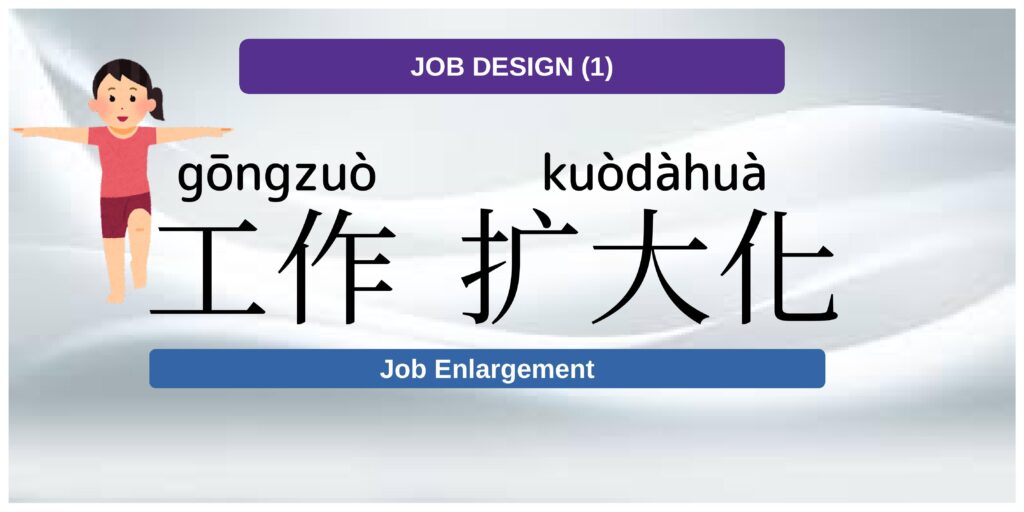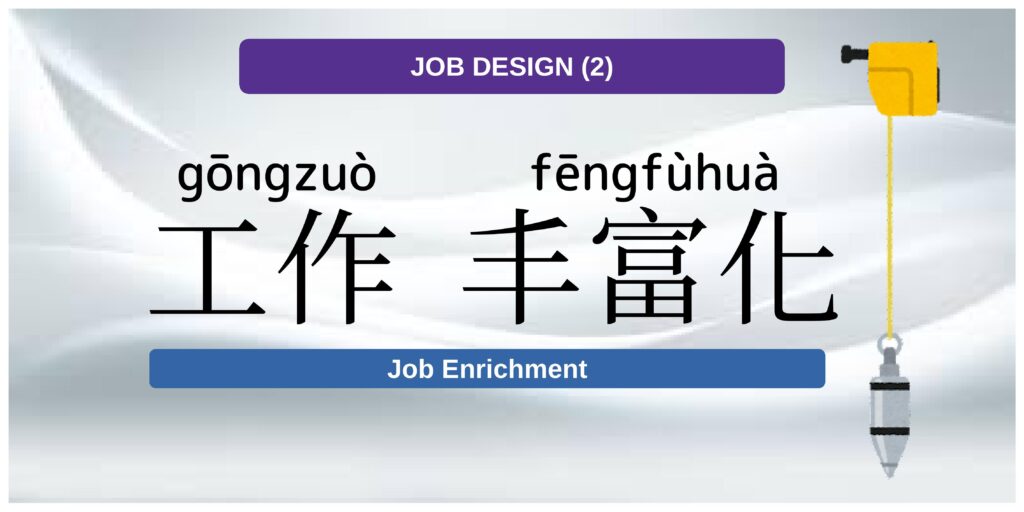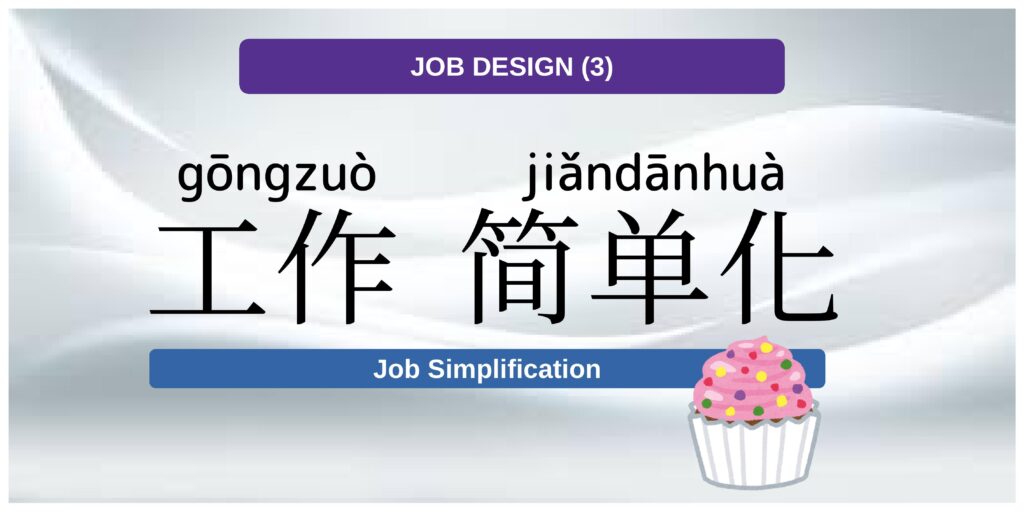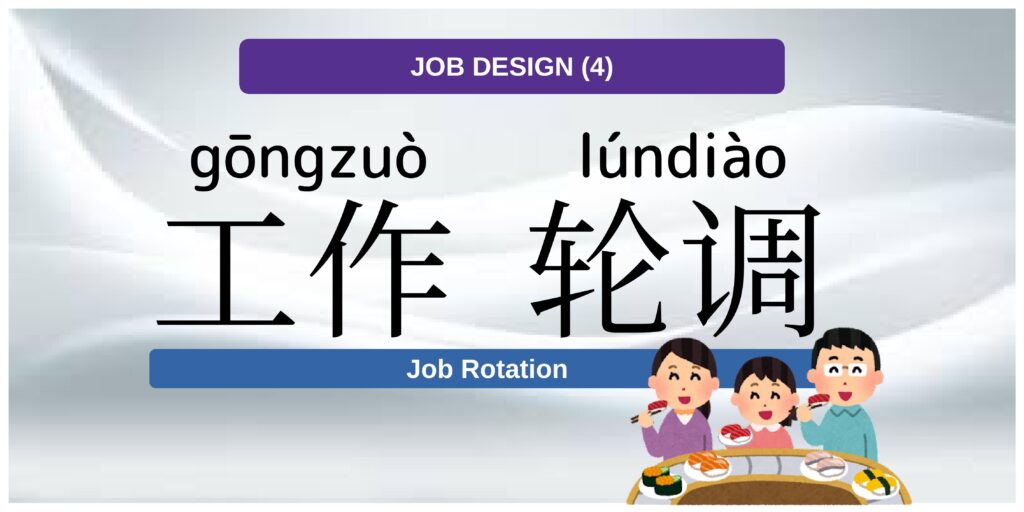Job design refers to the process of organizing work tasks that are necessary to perform a specific job. It encompasses several administrative areas such as job enlargement, job enrichment, job simplification, and job rotation. A well-designed job is characterized by a variety of good body positions, reasonable strength requirements, an appropriate amount of mental activity, and helps foster feelings of achievement and self-esteem.
Let’s take a closer look at each of these areas. Job enlargement involves adding new tasks or responsibilities to an existing job. This can help to increase job variety, prevent boredom, and provide opportunities for employees to learn new skills. Job enrichment, on the other hand, involves redesigning a job to make it more challenging and fulfilling. This may include increasing autonomy, decision-making authority, and providing opportunities for personal and professional growth.
Job simplification involves streamlining the tasks required to perform a job, making it more efficient and easier to complete. This can lead to a reduction in errors, increased productivity, and cost savings. Lastly, job rotation or job reassignment involves periodically rotating employees between different jobs or departments. This can help to prevent burnout, increase job satisfaction, and provide opportunities for employees to learn new skills.
Do you know how to say these job design areas in Chinese? In Mandarin, job enlargement is “工作扩大化”, job enrichment is “工作丰富化”, job simplification is “工作简单化”, and job rotation is “工作轮调”. Learning how to describe these job design concepts in Chinese can be valuable for Mandarin language learners interested in business and management.




The posts can also be read on Facebook, Reddit, Twitter, and Telegram.
